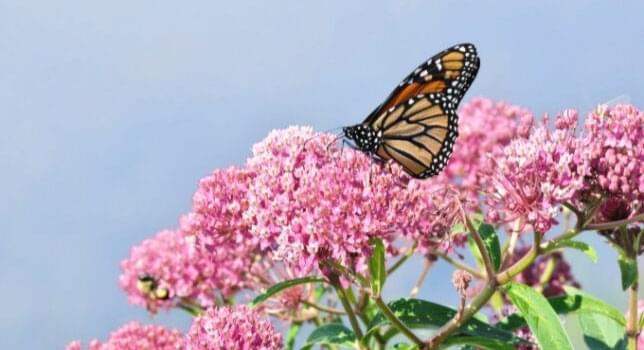Published: 6/5/2025
(Wareham, Massachusetts, USA) – Smithers announced the completion of renovations in its Massachusetts
ecotoxicology laboratory aimed at enhancing algae testing capabilities and improving overall efficiency. As part of these improvements, Smithers increased the lab's footprint and installed advanced, custom-designed environmental chambers to better support a variety of algae studies, including OECD 201, along with OSCPP 850.4400, 850.4500, and 850.4550 tests with increased capacity, faster turnaround, and improved precision.
Key Enhancements:
•
Advanced temperature monitoring to ensure that tests are conducted under optimal conditions: Smithers has added six bespoke environmental chambers and a new HVAC system. The chambers feature custom LED lighting, ensuring more uniform lighting throughout the test space and improved temperature control for better regulated test conditions, supporting more reliable data.
•
Enhanced testing capacity: With increased footprint and workspace, Smithers experts can better manage sample throughput, increasing flexibility and capacity for testing. The updated chambers increase capacity for algae and
Lemna studies, as well as invertebrate testing, such as static and static-renewal testing for daphnids, midges, and
Hyalella, to better accommodate client timelines and study scale.
“This investment marks a significant enhancement in our algae testing capabilities. We’ve increased our capacity, improved environmental control, and added greater flexibility to support concurrent studies. This upgrade strengthens our commitment to reliable, high-quality ecotoxicology testing and better service to our clients,” said Michael Bradley, Director of Ecotoxicology, North America, Environmental Risk Sciences Division.
Sign up for our newsletter for more updates as we continue to evolve and expand our laboratories.
In case you missed our latest ecotox webinar,
Exploring the Essential Ecotoxicology Tests for Environmental Risk Assessment, the recording and
webinar Q&A are now available. As part of the AGRO Division of ACS Lunch & Learn webinar series, expert Maegan Teets, Biologist, discussed scientific principles underpinning the fundamental
ecotoxicology tests, their role in hazard classification, and their integration into global regulatory frameworks.
.jpg?ext=.jpg)

.jpg?ext=.jpg)

-(644-x-350-px).jpg?ext=.jpg)